EandSphotography
TPF Noob!
- Joined
- Nov 30, 2009
- Messages
- 32
- Reaction score
- 0
- Location
- Knoxville tennessee
- Can others edit my Photos
- Photos NOT OK to edit
Just a bit confused and was hoping for some help.
Camera :canon 50d,Flash 550ex
I'm not getting why the exposure meter is not showing when the picture would be properly exposed when the flash is attached.
Here's an example... Manual mode in camera. 125,9.0 iso-100 ,flash in ETTL mode. indoor picture. When i take the picture it comes out exposed properly but the exposure meter in the camera is showing underexposed before the pic is taken. in order to get the exposure meter to show that the pic will be properly exposed i had to change it to 5'' at 3.5 iso100
Of course it comes out properly exposed but the 5'' is just too long to take anything that would be moving, of course.
So, i guess my question is, how do i know if i'm taking a picture of a person with flash if the exposure is correct if the meter doesnt move on higher speeds. Are you just supposed to know what speed and aperture will produce a properly exposed picture?
now, putting it in P mode, the same indoor shot , it puts it at 60,5.6,iso 100 and the meter shows properly exposed before the shot is taken.
but if i put those same numbers into M mode the exposure meter shows way underexposed but the picture comes out fine.
So, when using the flash, should i just put it in P mode and let it do it's thing?
Help would be great. hope i didnt make it sound more confusing.
Erik
Camera :canon 50d,Flash 550ex
I'm not getting why the exposure meter is not showing when the picture would be properly exposed when the flash is attached.
Here's an example... Manual mode in camera. 125,9.0 iso-100 ,flash in ETTL mode. indoor picture. When i take the picture it comes out exposed properly but the exposure meter in the camera is showing underexposed before the pic is taken. in order to get the exposure meter to show that the pic will be properly exposed i had to change it to 5'' at 3.5 iso100
Of course it comes out properly exposed but the 5'' is just too long to take anything that would be moving, of course.
So, i guess my question is, how do i know if i'm taking a picture of a person with flash if the exposure is correct if the meter doesnt move on higher speeds. Are you just supposed to know what speed and aperture will produce a properly exposed picture?
now, putting it in P mode, the same indoor shot , it puts it at 60,5.6,iso 100 and the meter shows properly exposed before the shot is taken.
but if i put those same numbers into M mode the exposure meter shows way underexposed but the picture comes out fine.
So, when using the flash, should i just put it in P mode and let it do it's thing?
Help would be great. hope i didnt make it sound more confusing.
Erik


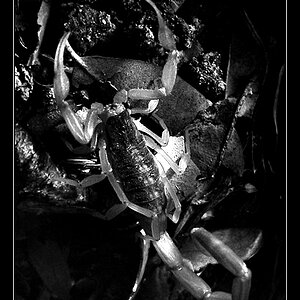
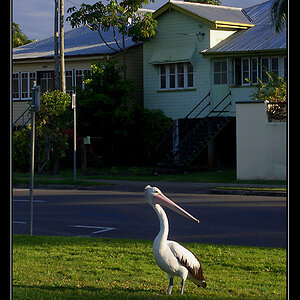
![[No title]](/data/xfmg/thumbnail/32/32703-dc864e762c9e91088156fdcab4aeea33.jpg?1619735606)
![[No title]](/data/xfmg/thumbnail/42/42474-aa3cf1f7163a823d6f10558b262a4bc3.jpg?1619740194)
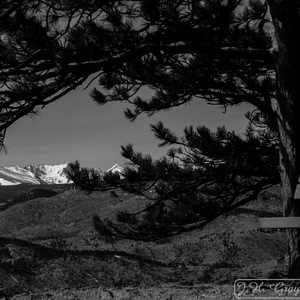

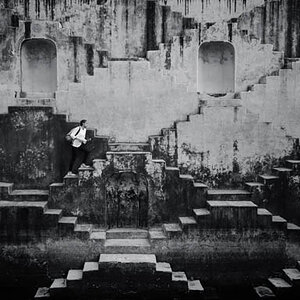
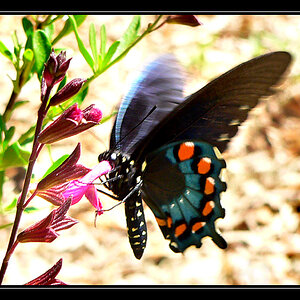
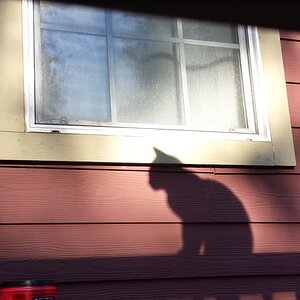


![[No title]](/data/xfmg/thumbnail/37/37489-27b092c23ed6ad63eee4cd03f96a311a.jpg?1619738111)